In the vast theater of the natural world, communication is essential for survival. Among the most critical forms of animal communication are alarm calls—vocalizations or signals that warn of danger. From the high-pitched chirps of prairie dogs to the barking of deer and the sophisticated warning systems of birds, alarm calls represent one of nature’s most fascinating evolutionary adaptations. These signals, which vary dramatically across species in their complexity, specificity, and intent, reveal remarkable insights into animal cognition, social structures, and survival strategies. This article explores how different species use alarm calls, what these communications tell us about animal intelligence, and how these systems have evolved over millions of years.
The Evolutionary Purpose of Alarm Calls

Alarm calls evolved as a critical survival mechanism, allowing animals to alert others to potential dangers in their environment. At first glance, these warning systems might seem counterintuitive from an evolutionary perspective—why would an animal draw attention to itself when a predator is nearby? However, scientists have identified several evolutionary advantages that explain this seemingly altruistic behavior. For social animals, warning relatives helps ensure the survival of shared genes, a concept known as kin selection. In many species, alarm calls can confuse predators or signal that they’ve been spotted, removing the element of surprise. Some alarm calls even serve as a way to recruit group members for mobbing behavior, where multiple individuals work together to drive away a threat.
Vervet Monkeys: Masters of Specific Alarm Calls
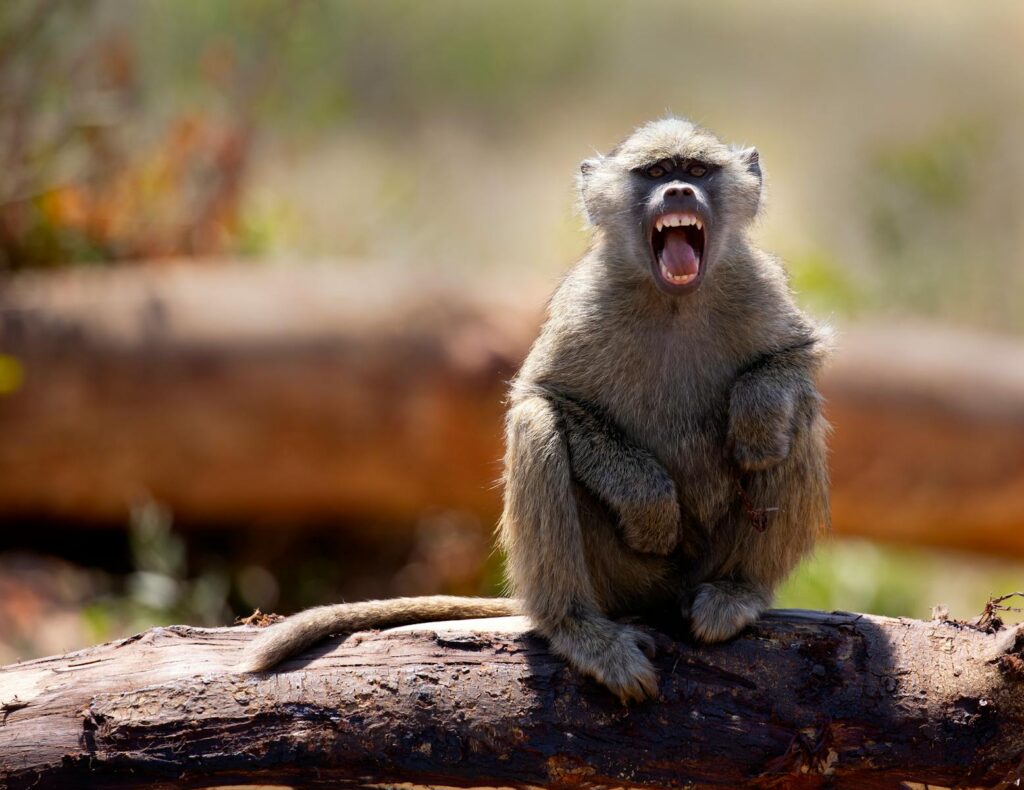
Perhaps the most famous example of sophisticated alarm call systems comes from vervet monkeys of East Africa, whose communication has revolutionized our understanding of animal language capabilities. These primates have developed distinct vocalizations for different predator types—separate calls for eagles, snakes, and leopards—each triggering appropriate escape responses in other group members. When vervets hear the “eagle alarm,” they look upward and seek cover in dense vegetation. The “snake alarm” causes them to stand on their hind legs and scan the ground, while the “leopard alarm” sends them scrambling up into trees. This remarkable specificity demonstrates that alarm calls can function almost like primitive words, conveying specific information about the type of threat rather than just general danger. Long-term field studies have shown that juvenile vervets gradually refine their use of these calls, suggesting a learning component to this communication system.
Prairie Dogs: The Sophisticated Communicators

Prairie dogs, particularly black-tailed prairie dogs, possess what may be the most complex alarm call system documented in non-human animals. Research by Dr. Con Slobodchikoff has revealed that prairie dog calls contain specific information not just about predator type, but also about the predator’s size, shape, color, and even speed of approach. In controlled experiments, prairie dogs were shown to create distinctive calls for different human visitors wearing different colored shirts, demonstrating a remarkable level of descriptive ability. Their alarm calls essentially function as compressed sentences, communicating detailed information about potential threats to colony members. What makes prairie dog communication particularly fascinating is that they appear to have referential specificity—the ability to refer to specific objects in their environment—a characteristic once thought unique to human language.
Bird Alarm Systems: Complexity Across Species

Birds have evolved particularly sophisticated alarm communication systems, with many species developing multiple calls for different threat contexts. The black-capped chickadee, for instance, adds more “dee” notes to its alarm call when confronted with smaller, more agile predators like pygmy owls, which pose a greater threat than larger predators. Japanese tits use different call sequences to convey information about predator type and to coordinate mobbing behavior, where multiple birds harass a predator until it leaves the area. Many bird species also engage in information sharing across species boundaries—a phenomenon known as heterospecific eavesdropping—where one species recognizes and responds to another species’ alarm calls. This interspecies communication network creates a “landscape of fear” where information about predators spreads rapidly through different bird communities, benefiting multiple species simultaneously.
Mammalian Alarm Systems Beyond Primates

Mammals across various ecological niches have developed distinctive alarm call systems tailored to their environments and social structures. Meerkats, for example, use different calls for aerial versus terrestrial predators and vary their urgency based on the proximity of the threat. White-tailed deer stamp their hooves and produce distinctive snorting sounds that alert other deer to potential dangers, while simultaneously communicating to predators that they’ve been detected. Alpine marmots produce distinct alarm calls for terrestrial and aerial predators, with the acoustic structure of their calls possibly designed to make the source difficult for predators to locate. Despite the diversity in these communication systems, researchers have noted converging patterns in how mammalian alarm calls are structured, suggesting that certain acoustic properties may be particularly effective for conveying urgency or threat type across different environments and species.
The Cognitive Implications of Alarm Call Systems

The sophistication of alarm call systems raises profound questions about animal cognition and the mental representations that underlie these communications. For species with predator-specific alarm calls, individuals must categorize threats and match them to appropriate vocalizations, suggesting cognitive abilities once thought unique to humans. Some researchers propose that these systems represent a form of proto-syntax or proto-language, where animals combine acoustic elements to create meaning in structured ways. The intentionality behind alarm calls also varies across species—while some animals appear to call reflexively in response to threats, others show evidence of audience awareness, calling more frequently when group members are present or unaware of the danger. These variations in cognitive complexity challenge simplistic distinctions between human and animal communication and suggest a gradient of communicative and cognitive abilities across species.
Deception and Manipulation in Alarm Call Systems
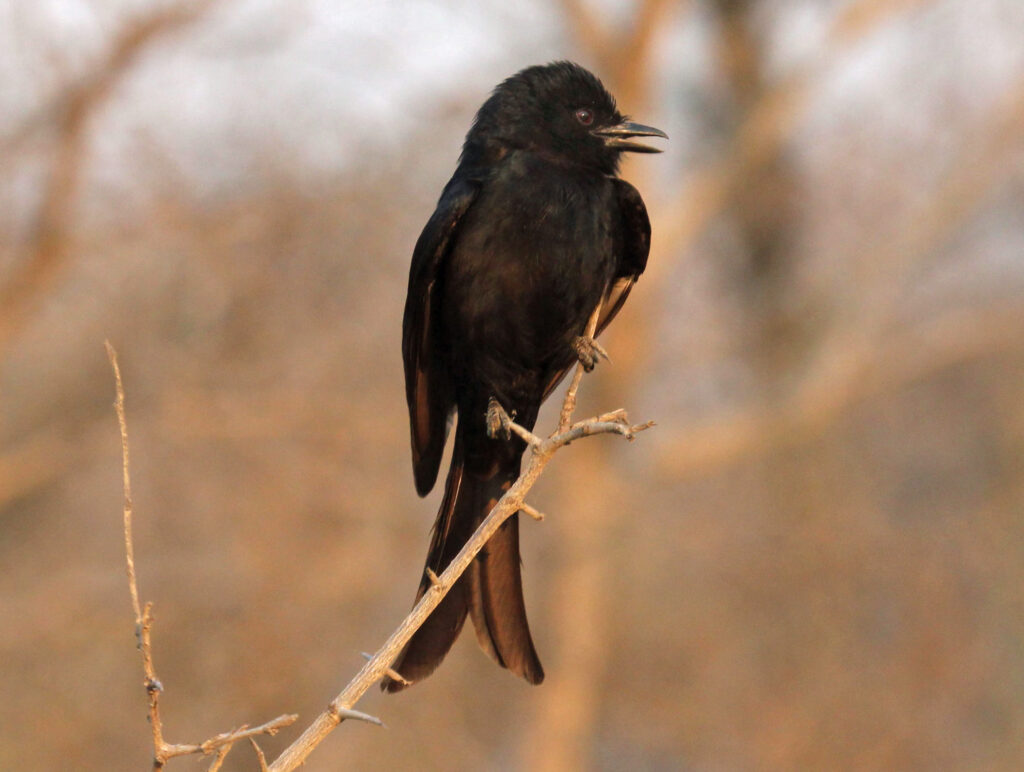
Not all alarm calls serve honest communicative purposes—some species have evolved to use these signals deceptively. Certain birds and mammals occasionally produce false alarm calls in non-threatening situations to scatter competitors away from valuable resources like food. Fork-tailed drongos in the Kalahari Desert have perfected this deceptive strategy, mimicking the alarm calls of other species to frighten them away from food, which the drongo then steals. Even within cooperative species, individuals sometimes manipulate the alarm call system for personal benefit. Juvenile rhesus macaques, for instance, have been observed giving alarm calls in non-threatening situations, possibly to gain access to their mothers or preferred resources during the resulting confusion. These examples of tactical deception suggest remarkable cognitive flexibility and further complicate our understanding of the evolutionary forces shaping communication systems.
Environmental Factors Influencing Alarm Call Evolution
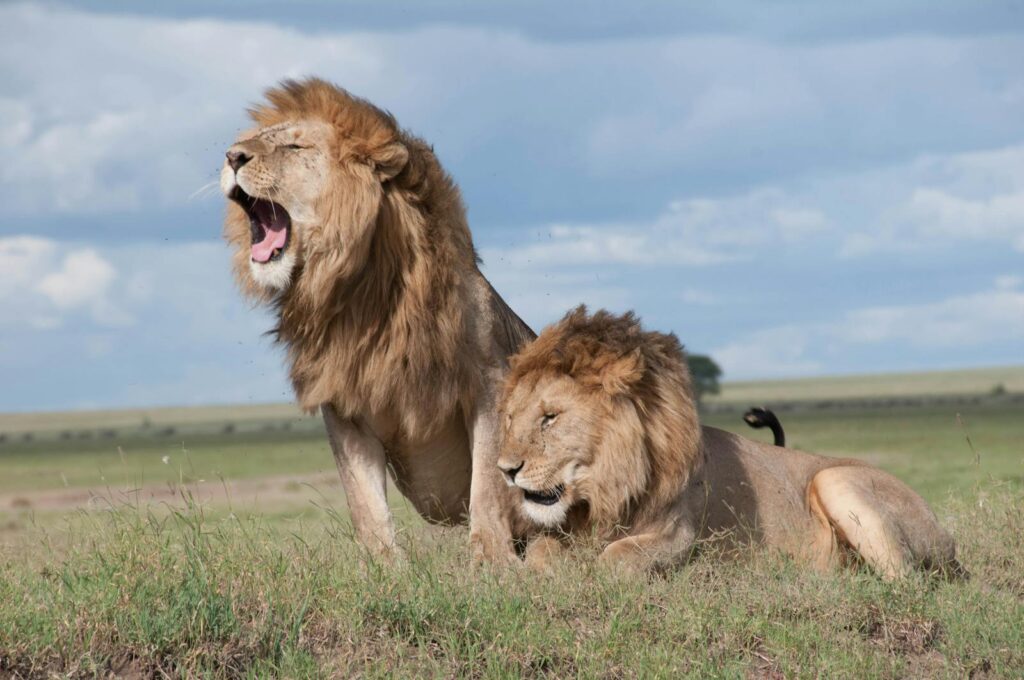
The physical environment profoundly shapes how alarm call systems evolve across different habitats. In dense forests, where visibility is limited, many species have developed calls designed to be difficult for predators to locate while remaining informative to group members. These calls often use acoustic properties that make directionality difficult to determine, such as high frequencies that attenuate quickly or sounds that bounce off multiple surfaces. By contrast, in open habitats like grasslands or savannas, visual signals often complement acoustic warnings, and calls may travel longer distances to alert widely dispersed group members. Habitat fragmentation and human noise pollution are now creating new selective pressures on these communication systems. Recent research has documented changes in the acoustic structure of alarm calls in urban environments, where animals must compete with anthropogenic noise and adapt to novel predator communities.
Alarm Calls and Social Structure
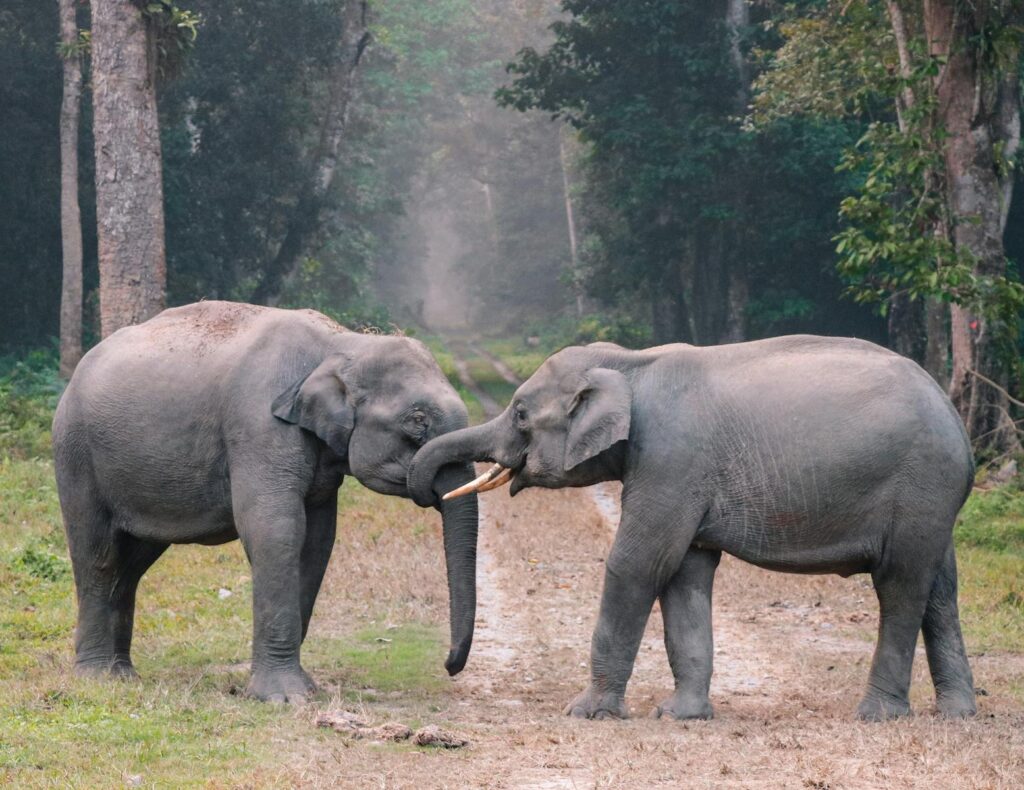
The complexity of a species’ alarm call system often correlates with its social structure and group dynamics. Highly social species typically develop more sophisticated warning systems than solitary ones, reflecting the greater benefits of precise communication when living in groups. In cooperatively breeding species, where multiple individuals help raise offspring, alarm calls often show greater complexity and functional specificity. The meerkat, with its cooperative sentinel system where individuals take turns watching for predators, exemplifies how social organization shapes communication. Dominant sentinels produce more alarm calls than subordinates, and call rates increase when vulnerable juveniles are present, demonstrating how social roles influence communication patterns. Even the acoustic structure of calls may reflect social relationships—in some species, alarm calls contain signature information about the caller’s identity, allowing receivers to evaluate the reliability of the warning based on their knowledge of the caller.
Learning and Development of Alarm Calls

The acquisition of alarm call systems varies dramatically across species, with some animals showing innate recognition and production abilities while others require significant learning experiences. Young vervet monkeys initially give alarm calls to a wide range of stimuli, including non-threatening species, but gradually refine their call usage through observation and social feedback from adults. Juvenile meerkats undergo a similar learning process, with older group members sometimes “punishing” inappropriate alarms and reinforcing correct usage. In some bird species, individuals not only learn their species’ alarm calls but also acquire the ability to recognize the alarm calls of other species that share their habitat. This developmental plasticity allows animals to adapt their communication systems to local conditions and predator communities, providing another layer of flexibility to these sophisticated warning networks.
Aquatic Alarm Systems: Communication Under Water

While terrestrial alarm systems have received the most scientific attention, underwater species have also evolved fascinating warning mechanisms adapted to aquatic environments. Many fish species produce distinctive sounds or display specific movements when detecting predators. The Trinidadian guppy, for example, performs a characteristic jumping behavior that serves as a visual alarm signal to other guppies when predators approach. Some aquatic invertebrates release chemical alarm signals when injured, creating a “chemical scream” that warns conspecifics of danger and can persist in the environment long after the initial threat. Dolphins and whales use distinctive acoustic signals to coordinate group responses to threats, with resident killer whales displaying alarm calls that appear to maintain pod cohesion during disturbances. These aquatic alarm systems face unique constraints and opportunities compared to air-based communication, including different transmission properties and the potential for chemical signaling not available to terrestrial species.
Alarm Calls in the Anthropocene: Human Impacts

Human activities are rapidly changing the contexts in which alarm call systems operate, creating new selective pressures and challenges for many species. Habitat fragmentation can disrupt the transmission of alarm calls or separate social groups, reducing the effectiveness of warning networks. Noise pollution from vehicles, construction, and industrial activities can mask alarm calls, forcing species to modify their vocalizations or risk communication failure. Some animals appear to be adapting—urban birds often produce higher-pitched or louder alarm calls than their rural counterparts to overcome urban noise. Climate change is creating additional challenges by altering predator-prey dynamics and forcing species into new habitats with unfamiliar acoustic properties. Conservation biologists are increasingly recognizing the importance of preserving not just species but their communication networks, as disruptions to alarm call systems can have cascading effects on entire ecological communities.
Future Research Directions in Alarm Call Studies

The study of alarm calls continues to evolve with new technologies and methodologies opening exciting research avenues. Advanced recording equipment and machine learning algorithms now allow researchers to analyze subtle variations in calls that human ears might miss, potentially revealing even greater specificity than previously recognized. Playback experiments using computer-modified calls help scientists identify exactly which acoustic features carry specific information. Neuroimaging techniques offer glimpses into how animal brains process alarm calls, potentially revealing similarities and differences with human language processing. As climate change alters ecosystems worldwide, longitudinal studies tracking how alarm call systems adapt to new predator communities and environmental conditions will provide insights into communication flexibility. Perhaps most intriguingly, research into alarm calls continues to challenge our understanding of the boundaries between human and animal communication, suggesting that the cognitive underpinnings of language may have deeper evolutionary roots than previously thought.
Conclusion
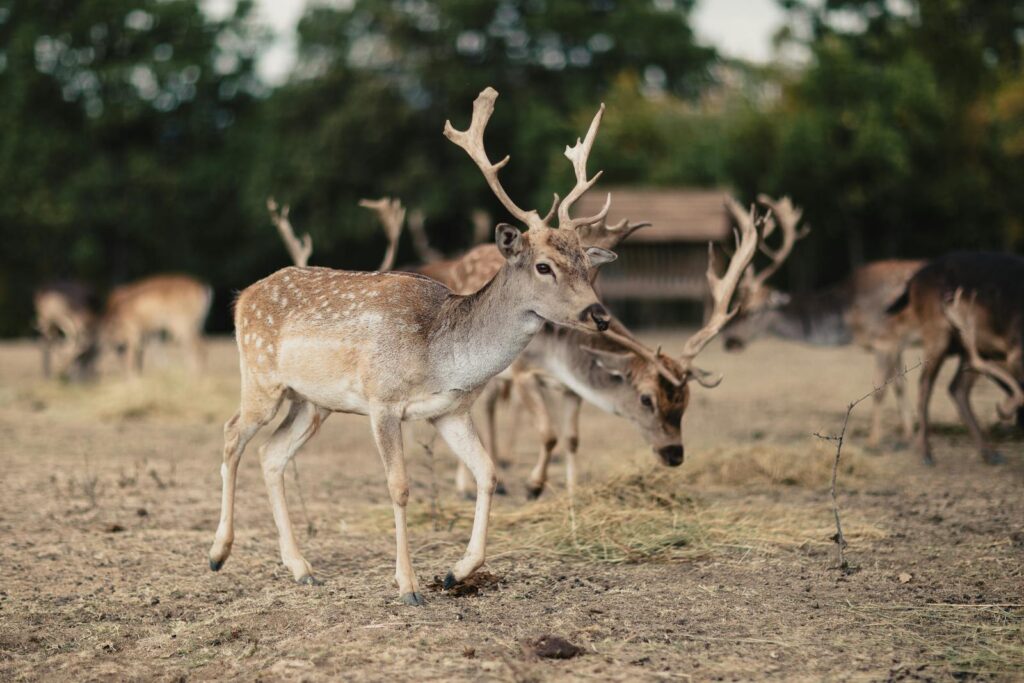
Alarm call systems represent some of nature’s most sophisticated communication networks, reflecting millions of years of evolutionary refinement. From the specific predator warnings of vervet monkeys to the detailed “sentences” of prairie dogs and the strategic deception of drongos, these systems reveal remarkable cognitive abilities across diverse species. As we continue to decipher these natural warning systems, we gain not only greater insight into animal communication but also a deeper appreciation for the complex social and cognitive lives of the creatures with whom we share our planet. In a world increasingly dominated by human activities, understanding and preserving these communication networks becomes essential not just for scientific knowledge but for effective conservation of the intricate ecological relationships that sustain biodiversity.
